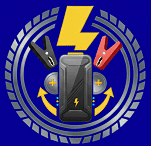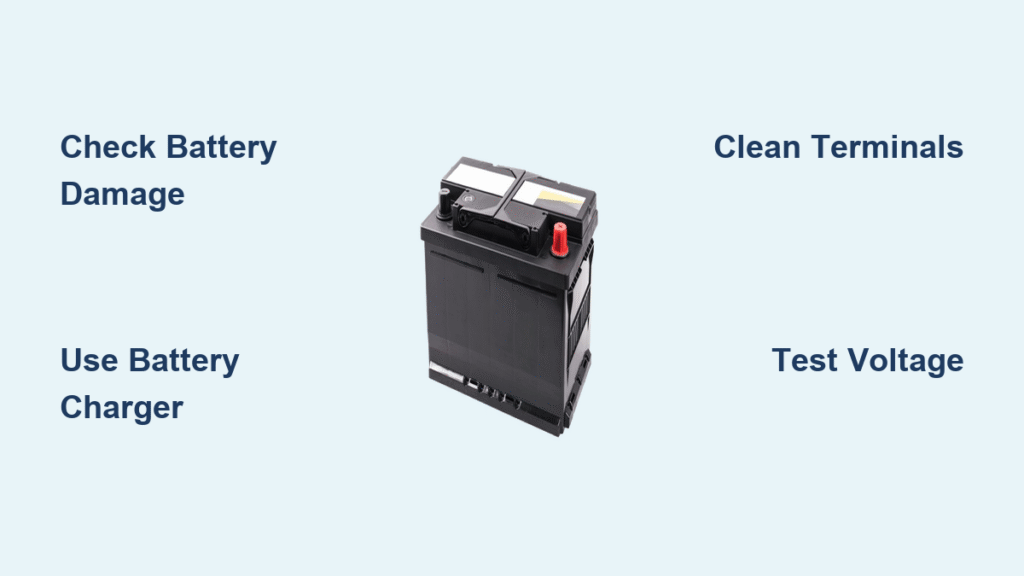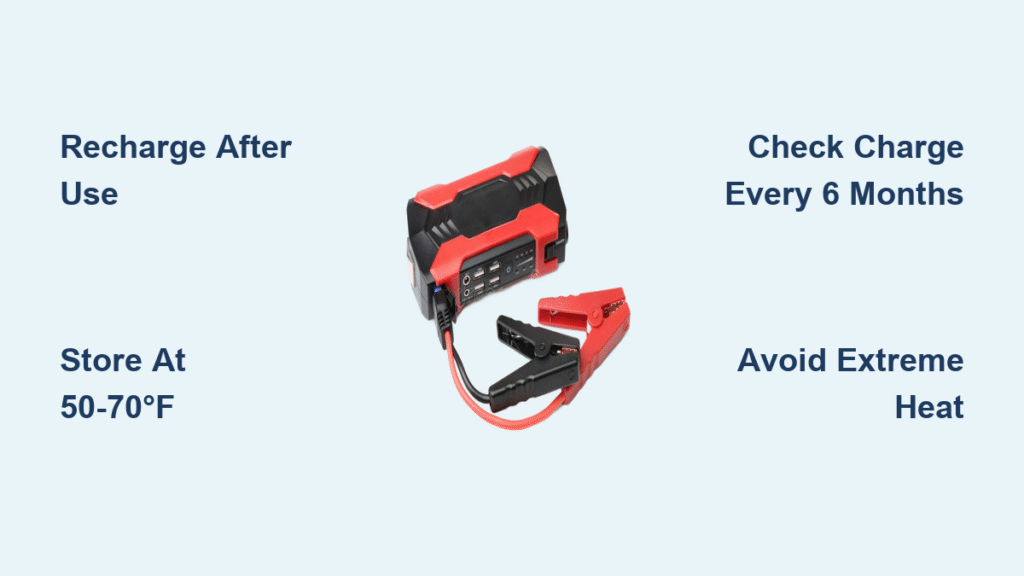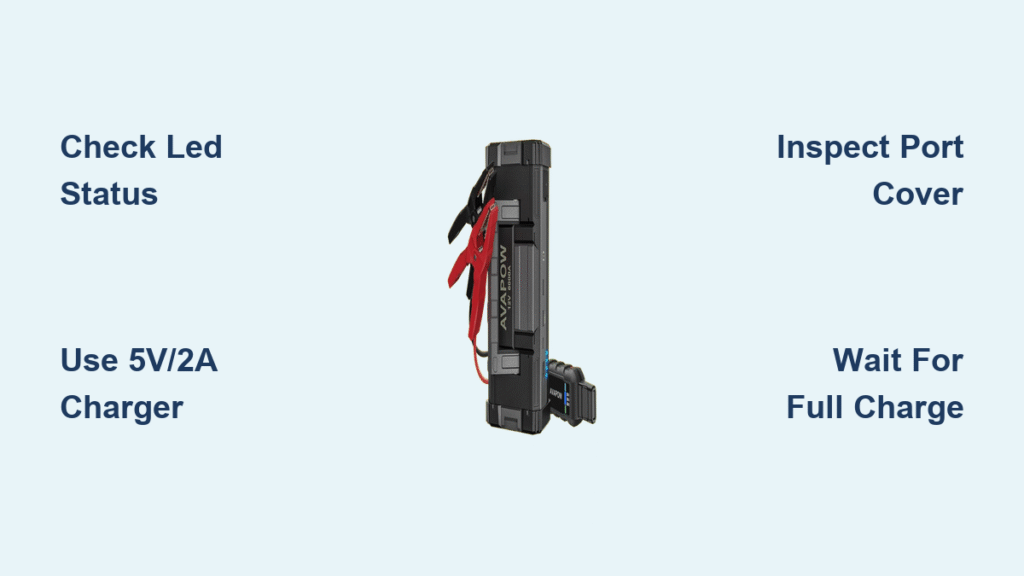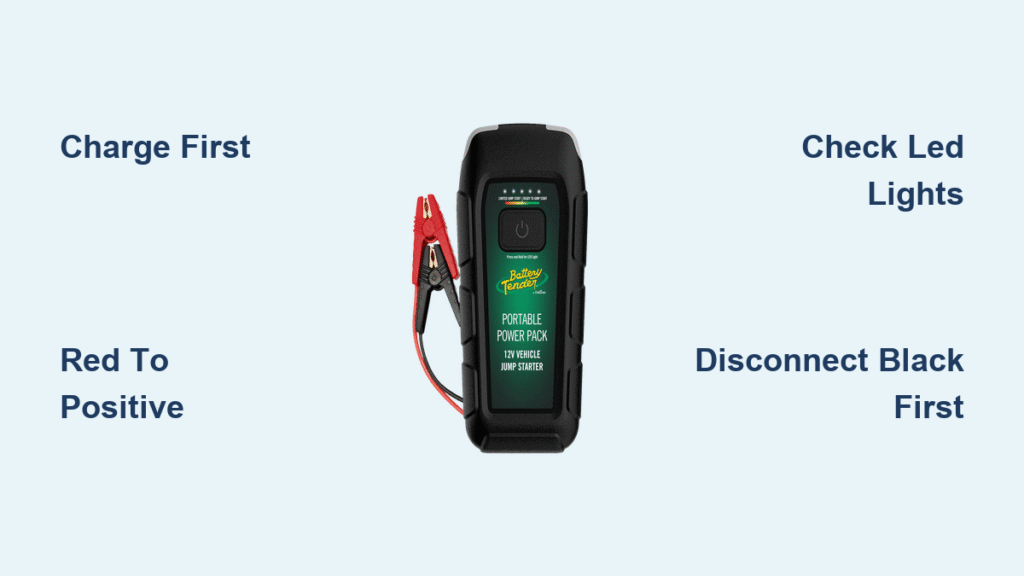You’re stranded with a dead battery, no other vehicles in sight, and no traditional jumper cables. This frustrating scenario leaves thousands stranded daily—but you’re not out of options. While most guides focus on two-car jump starts, how to jump start a car without a jump starter requires smarter solo solutions. The good news? If your battery isn’t physically damaged, you can revive your engine using tools you might already have. In this guide, you’ll discover proven methods that bypass the need for another vehicle or portable jump starter entirely—plus critical safety checks most guides skip.
Diagnose a Dead Battery in 30 Seconds (Solo)
Before attempting any revival method, confirm you’re dealing with a battery issue and not a deeper electrical problem. Slow engine cranking is your first red flag—if the starter motor groans or hesitates abnormally, your battery lacks sufficient power. Dim headlights that flicker brighter when you rev the engine confirm a weak battery. If you turn the key and hear rapid clicking or complete silence, your battery has insufficient voltage to engage the starter.
Check Battery Condition First
Never skip this critical safety step. Inspect your battery for visible damage like bulging sides, cracks in the plastic casing, or white crusty buildup around terminals. Acid leaks appear as wet spots or greenish corrosion near the base. If you spot any damage, stop immediately—your battery needs replacement, not revival. Attempting solo methods on a compromised battery risks dangerous acid exposure or explosion. When in doubt, call professional roadside assistance.
Safe Solo Operation Setup
Position your vehicle on level ground with the parking brake firmly engaged. Remove all metal jewelry (watches, rings) that could accidentally bridge terminals. Keep a fire extinguisher within arm’s reach—batteries can spark violently during revival attempts. Most crucially, position yourself to the side of the battery, never leaning directly over it. This prevents acid splatter on your face if gassing occurs during charging.
Recharge a Dead Battery with a Standard Charger (No Jump Starter Needed)
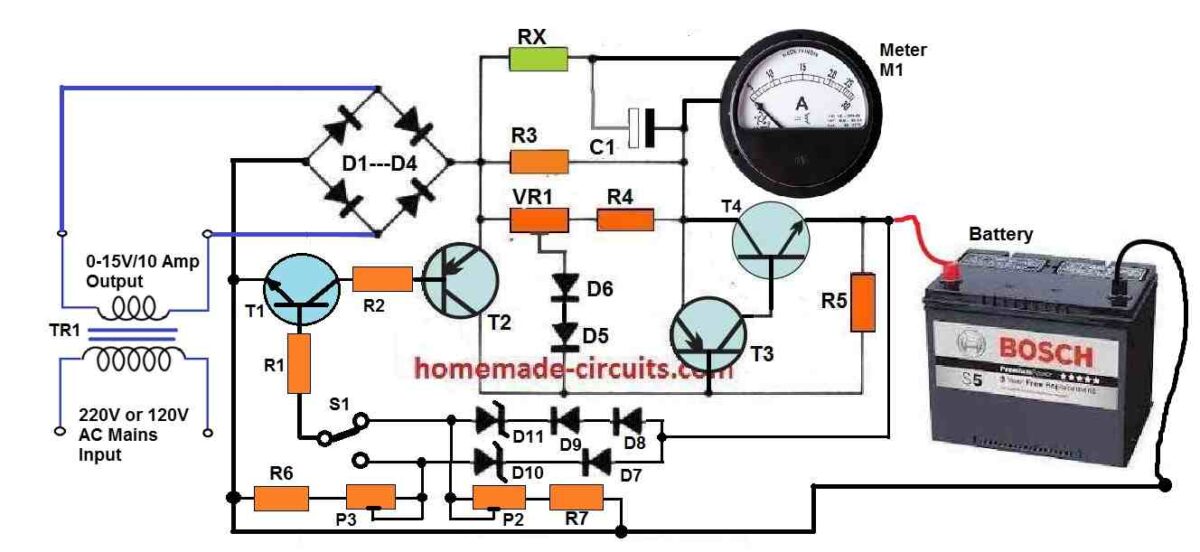
When time isn’t critical, a battery charger provides the safest solo solution—fully recharging your battery instead of delivering temporary power. This method requires no second vehicle or jump starter, just your standard automotive charger.
Charger Setup Process
Position the charger close enough that cables reach your battery without strain. Set charger to 12V mode (standard for all gasoline vehicles) and select appropriate amperage: 2-10 amps for standard overnight charging, 15-40 amps only for emergency situations. Higher amperage charges faster but generates dangerous heat—reserve for urgent needs only.
Charging Procedure
- Connect positive clamp (red) to battery’s positive (+) terminal
- Attach negative clamp (black) to unpainted metal chassis point—never to negative terminal
- Plug in charger and monitor progress via indicator lights
- Allow 2-8 hours for standard charging; 30 minutes-2 hours for fast charging
- Disconnect in reverse order after full charge indicated
Pro tip: If your charger has a “recovery” mode for sulfated batteries, use it—but expect 12+ hours for severely discharged units. Never leave fast charging unattended; overheating can melt battery cases.
When Solo Methods Fail: Critical Failure Scenarios
Dead Battery Scenarios
Completely sulfated batteries—left dead for weeks—often refuse charging even with quality chargers. Physical damage like cracked cases or terminal melting requires immediate replacement. Crucially, charging system failures (bad alternator or voltage regulator) mean even a successful jump won’t keep your car running—your battery won’t recharge while driving.
Professional Alternatives
Mobile battery replacement services can install new batteries roadside within 30 minutes. AAA or insurance roadside assistance typically covers battery service at no cost. When battery location is inaccessible (like under seats in Chrysler models), towing becomes your only safe option. Never attempt solo methods if acid leaks are present—this requires hazardous material handling.
Hidden Battery Locations: Trunk, Under Seats & European Models

Non-Standard Positions
BMW and Mercedes frequently hide batteries in the trunk—check near the spare tire well. Chrysler models often place them under the rear seat (remove the seat cushion to access). European vehicles like Volkswagens use remote positive terminals under the hood connected via cables to the actual battery.
Finding Jump Points
Consult your owner’s manual for exact battery location—search “battery location” in the index. Look for red plastic covers marked “+” near the engine bay; these serve as designated jump-start terminals. If no manual is available, trace the positive cable from the starter motor—it leads directly to your battery or remote terminal.
Cold Weather vs. Heat: How Temperature Kills Your Jump Start Attempt
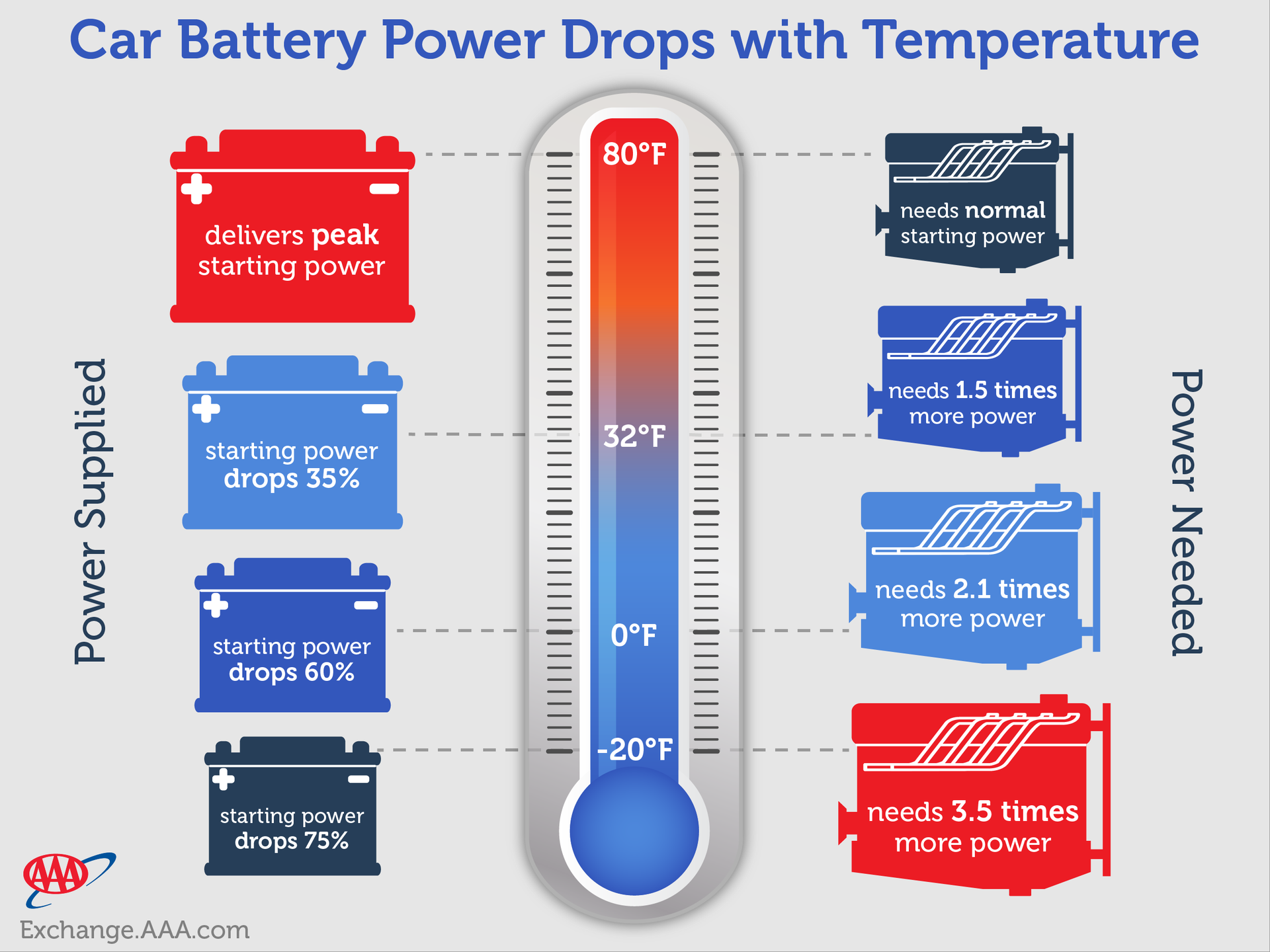
Cold Weather Challenges
Temperatures below 32°F (0°C) slash battery capacity by 20-50%. Warm your battery by turning on headlights for 30 seconds before charging attempts. Never use fast charging in freezing conditions—the chemical reaction slows dangerously, causing permanent damage. If stranded in snow, shovel snow away from wheel wells to prevent traction loss when restarting.
Heat and Humidity Effects
Temperatures above 95°F (35°C) accelerate battery degradation by boiling electrolyte fluid. Ensure maximum ventilation when charging—never use battery chargers in enclosed garages. Humidity above 70% causes electrical shorts—dry all connections with a microfiber cloth before attaching clamps. In desert conditions, shade the battery with a towel during charging to prevent thermal runaway.
Must-Have Solo Jump Start Tools (Beyond Jump Starters)

Vehicle Preparation Kit
Every trunk needs these essentials:
– Battery charger (compact 10-amp model for home/garage use)
– Safety gloves and goggles (acid-resistant neoprene)
– Wire brush for terminal cleaning (remove corrosion safely)
– Battery terminal protector spray (prevents future sulfation)
– Multimeter (verify voltage before/after attempts)
Preventive Maintenance Schedule
Monthly: Test battery voltage (should read 12.4-12.6 volts when engine off). Every 6 months: Clean terminals with wire brush and apply protector spray. Annually: Get professional load testing—batteries failing below 9.6 volts under load need replacement. Proactively replace at 3-4 years regardless of condition—age is the #1 failure cause.
Fix Common Jump Start Failures in 60 Seconds
No Response When Key Turned
Check battery connections—loose or corroded terminals prevent power flow. Clean terminals with wire brush if white/blue buildup appears. Tighten connections until snug (don’t overtighten—stripped threads ruin terminals). If connections seem solid, test voltage at starter motor—low readings indicate cable faults.
Engine Cranks Slowly Then Stops
Your battery lacks reserve power. Wait 10 minutes after failed attempts to let chemical reactions stabilize. Reduce electrical load by turning off lights, radio, and climate control before retrying. If using a charger, switch to higher amperage setting—but monitor temperature closely.
Lights Work But Engine Won’t Start
Your battery has surface charge but no cranking power. This indicates deep battery weakness or failing starter motor. Attempt charger connection directly to starter motor terminals (consult manual)—this bypasses weak battery cables. If unsuccessful, professional diagnosis is urgent—your alternator may not be recharging the system.
Confirm Your Jump Start Worked: 3 Critical Signs
Immediate Success Indicators
Engine cranks normally within 3-5 seconds—no hesitation or groaning. Headlights brighten steadily when engine starts (dimming indicates charging issues). No battery warning lights remain illuminated on the dashboard after starting.
Post-Start Monitoring
Drive continuously for 20-30 minutes to properly recharge the battery—short trips worsen discharge. Test electrical accessories while driving; sluggish power windows or dimming lights signal failing alternator. Recheck battery voltage after 30 minutes off—it should read 12.4+ volts. If below 12.2V, your charging system needs immediate service.
Remember: These solo methods work only when your alternator and charging system function properly. If your car requires jump starts monthly, you’re masking serious electrical issues—not solving them. Professional diagnosis prevents repeat stranding. Always carry a fully charged portable jump starter as your last-resort backup, but never rely solely on it—regular battery maintenance is your true safety net. When in doubt about battery condition, replacement costs less than roadside assistance fees and keeps you moving.
